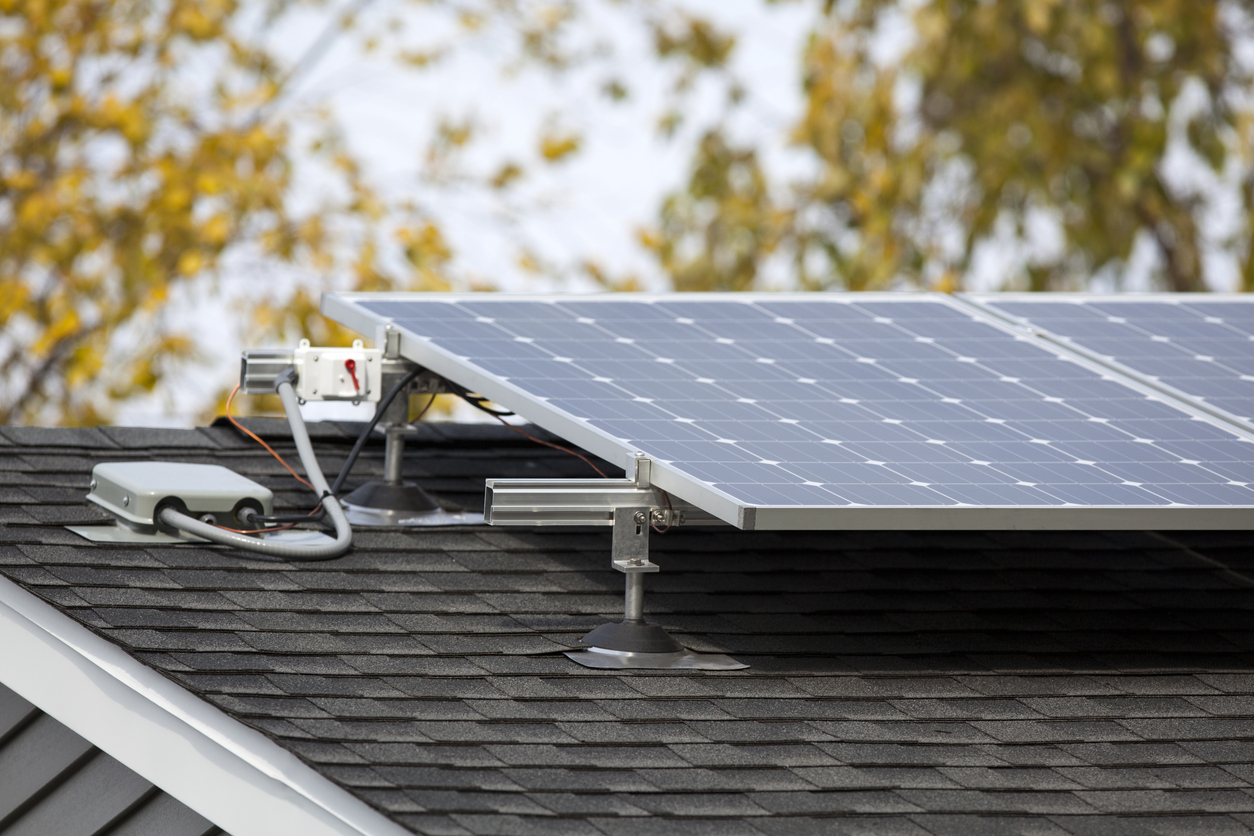South Africa’s energy crisis remains a concern, despite the recent ease in load shedding. We share an expert’s view on what to expect this winter.
23 May 2024 · Fiona Zerbst

Despite the recent ease in load shedding, the Eskom crisis has only partly abated.
Chris Yelland, an energy analyst and managing director of EE Business Intelligence, shares his insights on what South Africans can expect this coming winter.
Tip: A personal loan could help you to install a solar system, or a more cost-effective battery and inverter.
South Africa’s energy supply industry is undergoing significant change.
Eskom has traditionally monopolised supply, generating about 95% of all electricity in South Africa, of which about 50% is supplied to municipalities. This means customers across the country have had no choice as to their electricity supplier, says Yelland.
However, with Eskom’s declining performance, other solutions have become necessary to supplement energy needs. Many consumers are shifting to gas for cooking, solar geysers for hot water, and rooftop solar photovoltaic (PV) systems and battery energy storage for security of supply.
“Eskom is not sustainable. However, it won’t disappear,” says Yelland. “We’ll just move to an era in which it won’t be the only generator of electricity.”
Load shedding is expected to be with us for some years despite positive developments in the energy sector.
Minister of Electricity Kgosientsho Ramokgopa stated in March 2024 that six power stations required urgent attention as winter approached.
However, says Yelland, winter will not necessarily be dramatically worse in terms of power cuts. “Electricity demand is lower in summer, so Eskom can do more planned maintenance in the summer months. Eskom does less maintenance in winter, so there’s greater supply to meet increased demand,” he points out.
“The recent reduction in load shedding is due to increased supply from other sources, such as self-generation, renewables, battery energy storage, and more, which are reducing the burden on Eskom generators,” Yelland adds.
“At the same time, economic and pricing considerations are reducing demand for Eskom’s electricity.”
In relation to the power crisis, there are two aspects to consider, says Yelland; how to get around load shedding, and how to become more energy efficient.
“Some appliances or devices are energy guzzlers – for example, geysers, electric stoves, kettles, and swimming pool pumps,” he says.
“One simple way to save electricity is to boil a full kettle and fill up a thermos flask, or get a kettle you can boil on a gas stove.”
Yelland notes that gas water heaters are convenient but not necessarily cheaper than electric geysers. However, the upside is that they use gas only when you need hot water.
Turning your electric geyser on and off during the day doesn’t make much difference – rather consider turning the thermostat down to 45°C to save electricity, he advises.
For residential applications, Yelland recommends using energy-efficient lights, battery-charged handheld lanterns, and a battery and inverter that can at least power a few lights, a laptop charger, and a router during load shedding.
“This will cost around R10,000, compared to the R150,000 you may pay for a full solar PV and battery energy storage system,” he notes.
The following tips can help you stay alight.
Tip: Is the cost of electricity eating into your budget? Use a budget calculator to get on top of your monthly spend.
Free tool

info@justmoney.co.za
4th Floor, Mutual Park, Jan Smuts Drive,
Pinelands, Cape Town, 7405
© Copyright 2009 - 2025
Terms & Conditions
·
Privacy Policy
·
PAIA Manual
View your total debt balance and accounts, get a free debt assessment, apply for a personal loan, and receive unlimited access to a coach – all for FREE with JustMoney.